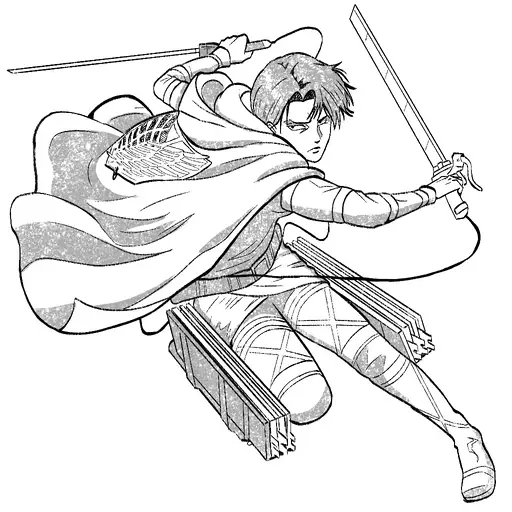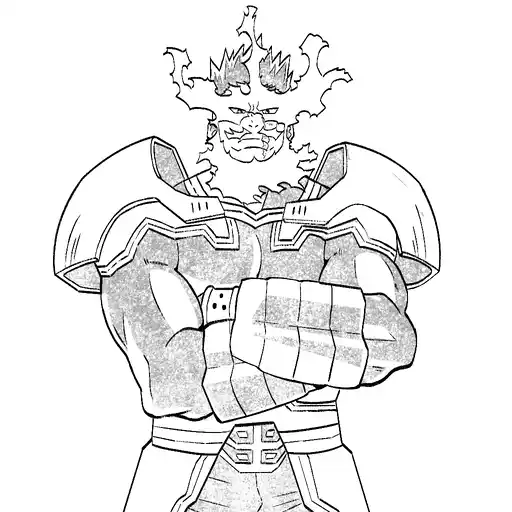- Introduction: A New Cast Member Joins “Blue Box”
- Background and Context: The Cultural Tapestry of “Blue Box”
- Main Insights: Unpacking the Magic of “Blue Box”
- Challenges and Opportunities: Navigating the Anime Landscape
- Future Outlook: The Road Ahead for “Blue Box”
- Conclusion: Embracing the Essence of “Blue Box”
Introduction: A New Cast Member Joins “Blue Box”
The world of anime is abuzz with excitement as the 13th issue of Shueisha’s Weekly Shonen Jump unveils a fresh addition to the beloved series, “Blue Box” (Ao no Hako). Kōji Miura’s captivating manga continues to enthrall audiences, and the latest revelation promises to elevate the anime adaptation’s appeal even further. This announcement introduces Yūki Kaji as Kazuma Matsuoka, a character whose international experiences bring a unique dynamic to the storyline. With the anime’s second cours airing on January 2, the series is set to captivate viewers with new theme songs by Macaroni Enpitsu and TOMOO. As “Blue Box” unfolds over two consecutive cours, its impact on anime culture is undeniable. This article delves into the intricacies of “Blue Box,” exploring its cultural significance, creative evolution, and future potential.
Background and Context: The Cultural Tapestry of “Blue Box”
A Journey Through Time: The Origins of “Blue Box”
“Blue Box” first emerged as a one-shot manga in 2020, captivating readers with its unique blend of romance and sports. Serialized by Weekly Shonen Jump in April 2021, this story quickly garnered a dedicated following. Set against the backdrop of high school life, it intricately weaves the themes of ambition, love, and personal growth. The series explores the lives of Taiki Inomata, a passionate badminton player, and Chinatsu Kano, a basketball prodigy, as they navigate the complexities of adolescence.
Cultural Resonance: How “Blue Box” Connects with Audiences
The success of “Blue Box” can be attributed to its relatable portrayal of youth, dreams, and the pursuit of excellence. In Japanese culture, high school is often seen as a pivotal period for self-discovery and growth, and “Blue Box” captures this essence beautifully. The series resonates with audiences not only in Japan but globally, as it taps into universal themes of aspiration and the challenges of balancing personal desires with societal expectations.
Anime Adaptation: Breathing Life into the Pages
With Yūichirō Yano at the helm, known for his work on “Moyashimon” and “Lupin the Third: Part 5,” the anime adaptation of “Blue Box” preserves the heart of the manga while adding dynamic visuals and engaging storytelling. Yūko Kakihara oversees the scripts, ensuring the narrative remains faithful to Miura’s vision. Character designer Miho Tanino, famed for her work on “Tower of God,” brings each character to life with authenticity and depth. Produced by Telecom Animation Film and planned by UNLIMITED PRODUCE by TMS, the anime is a testament to the collaborative effort behind bringing “Blue Box” to the screen.
Main Insights: Unpacking the Magic of “Blue Box”
Character Development: The Heartbeat of “Blue Box”
One of the standout features of “Blue Box” is its rich character development. Each character is meticulously crafted, offering viewers a glimpse into their personal struggles and triumphs. Kazuma Matsuoka, voiced by Yūki Kaji, adds a new layer to the narrative. Having returned to Japan from studying abroad, Kazuma’s character explores themes of identity and belonging, enriching the storyline’s complexity.
Thematic Depth: Love and Ambition Intertwined
“Blue Box” masterfully intertwines themes of love and ambition, creating a narrative that is both emotionally resonant and intellectually stimulating. Taiki’s unwavering determination to excel in badminton mirrors his growing affection for Chinatsu, highlighting the delicate balance between personal and professional aspirations. This duality is a reflection of the Japanese concept of “seishun,” or youthful passion, a theme that resonates deeply with viewers.
Visual Storytelling: An Artful Blend of Animation and Emotion
The animation in “Blue Box” is a visual feast, capturing the essence of the manga with stunning attention to detail. The fluidity of the sports scenes, combined with the subtle nuances of the characters’ expressions, creates an immersive experience for viewers. The opening and ending theme songs, “Shikaraba” by Macaroni Enpitsu and “Contrast” by TOMOO, further enhance the emotional depth of the series, setting the tone for each episode.
Challenges and Opportunities: Navigating the Anime Landscape
Overcoming Stereotypes: Redefining Genre Norms
“Blue Box” challenges traditional genre norms by seamlessly blending romance with sports. This innovative approach offers a fresh perspective, attracting a diverse audience. However, it also faces the challenge of maintaining this delicate balance without leaning too heavily into one genre, which could alienate certain viewers.
Expanding Reach: Opportunities for Global Engagement
The global popularity of anime presents a unique opportunity for “Blue Box” to reach international audiences. By leveraging streaming platforms and social media, the series can engage with fans worldwide, fostering a community of enthusiasts who appreciate its nuanced storytelling and cultural depth.
Future Outlook: The Road Ahead for “Blue Box”
Cultural Impact: Shaping the Future of Anime
As “Blue Box” continues to captivate audiences, its influence on the anime landscape is poised to grow. The series’ emphasis on character-driven narratives and its exploration of universal themes position it as a pioneer in redefining the boundaries of anime storytelling. This cultural impact is likely to inspire future creators, encouraging them to explore innovative narratives that resonate with diverse audiences.
Technological Advancements: Enhancing Viewer Experience
Advancements in animation technology offer exciting possibilities for “Blue Box” and its successors. Enhanced visual effects, coupled with immersive storytelling techniques, could elevate the viewing experience, drawing audiences even deeper into the world of “Blue Box.”
Conclusion: Embracing the Essence of “Blue Box”
In conclusion, “Blue Box” stands as a testament to the power of storytelling, transcending cultural barriers and resonating with audiences worldwide. Its rich character development, thematic depth, and visual artistry create a captivating narrative that embodies the essence of youth, ambition, and love. As the series continues to evolve, it invites viewers to embark on a journey of self-discovery and growth. Whether you’re a seasoned anime enthusiast or a newcomer to the genre, “Blue Box” offers a compelling narrative that is sure to leave a lasting impression. Embrace the magic of “Blue Box” and discover the timeless charm of this remarkable series.





